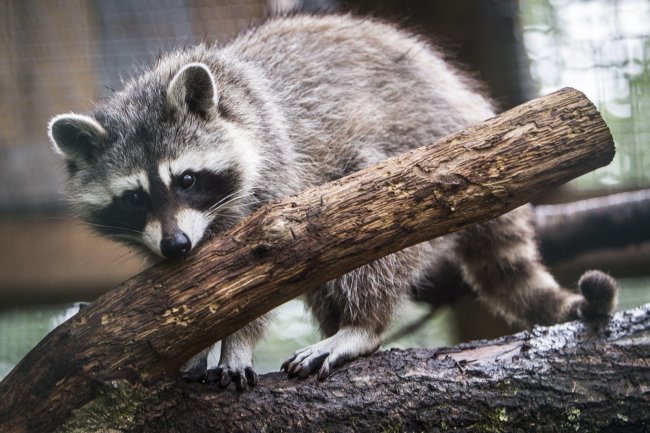Puppy Eyes Didn’t Evolve for Humans? Shocking Wild Dogs Study
we delve into a groundbreaking study of wild dogs that challenges our understanding of this adorable behavior. Scientists have discovered that the evolution of puppy eyes goes beyond just melting human hearts. This revelation uncovers new insights into the social interactions and survival strategies of wild canines. Join us as we explore the fascinating world of wild dog behavior and uncover why those irresistible puppy eyes might not be all about us after all.
Puppy eyes didn't evolve just for humans, study of wild dogs finds
A new study disproves the idea that domestic dogs evolved puppy dog eyes just to appeal to humans.
A puppy with big eyes.
A recent study disproves a 2019 paper that suggested domestic dogs evolved their "puppy dog eyes" due to their long companionship with humans. (Image credit: Baac3nes/Getty Images)
When a dog looks at you with large, sad eyes, it's easy to think this look is meant to melt your heart and get treats. But new research shows that other species in the canid family can make sad eyes just as well.
The new study, published April 10 in The Anatomical Record, challenges the belief that puppy dog eyes are a result of domestication. It also debunks a 2019 study suggesting that dogs developed expressive faces due to their long history with humans.
The 2019 study found that domestic dogs had more developed muscles around their eyes compared to wolves (Canis lupus), allowing them to make more facial expressions. The researchers concluded that these muscles might have developed as dogs lived closer to humans, helping them mimic our facial expressions to encourage us to care for them.
Why do cats' claws retract but dogs' claws don't?
Genetic quirk in 25% of Labrador retrievers can lead to overeating, obesity. "We wondered, is that true? Or do these muscles also exist in other social canids?" Heather Smith, an anatomist at Midwestern University in Illinois and the lead author of the new study, told Live Science.
To find out, Smith's team dissected a deceased African wild dog (Lycaon pictus) specimen donated by a zoo. They found that African wild dogs have the same "puppy-dog eye" muscles as domestic dogs. These muscles are just as developed in wild dogs. "So it debunks the idea that domestic dogs are the only canids with these muscles, and that they evolved specifically for us," Smith said.
Are dogs smarter than wolves?
A mother African wild dog with her puppies on the savanna. African wild dogs have "puppy-dog eye" muscles as developed as those in domestic dogs. (Image credit: Manoj Shah/Getty Images)
The researchers believe these eye muscles help African wild dogs communicate while hunting on the savanna. Like wolves and domestic dogs, African wild dogs are very social, living in groups of about five to nine individuals. Their expressive faces may help them send silent visual signals across the grassy plains.
"This study shows that not only are [wild dogs] very social, but many of their social cues are likely linked to visual signals," Adam Hartstone-Rose, a comparative morphologist at North Carolina State University who was not involved in the study, told Live Science.
Wolves also live in close social groups, but their facial muscles may not have evolved as much as those of domestic and African wild dogs. This could be because they rely less on visual communication. Wolves hunt in various landscapes, including dense forests and mountains, where individuals are more likely to be hidden by rocks or trees when hunting. As a result, they might have evolved to use more complex vocalizations or scent signals instead of visual cues, according to Hartstone-Rose.
Why do dogs sniff each other's butts?
Genetic quirk in 25% of Labrador retrievers can lead to overeating, obesity. French bulldog puppy regrows jaw after surgery in first known case
In the future, Smith and her team hope to study the facial anatomy of other wild canid species, like foxes, Asian wolves, and dholes (Cuon alpinus). This will help them understand how these species communicate and hunt and determine if the trait exists in species that are both social and visually oriented.
For Hartstone-Rose, this research shows how evolutionary pressures emphasize or de-emphasize traits in similar species. "It's not that these muscles either exist or don't exist," he said. "This is a great example of how all species of mammals have these basic building blocks."
What's Your Reaction?
























